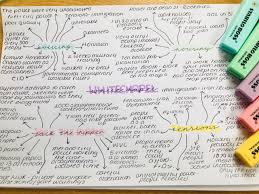Development of attachment
Cards (13)
- How long is presocial stage?
- What is stranger anxiety?
- What is separation anxiety?
- What is a primary attachment figure?
- When do infants experience their specific attachment?
- What is a multiple attachment?
- How many infants have multiple attachments by six months according to Schaffer and Emerson
- What type of study did Schaffer and emerson conduct?
- why is a father less likely to be an attachment figure than a mother?
- describe the role of the father as the secondary attachment figure
